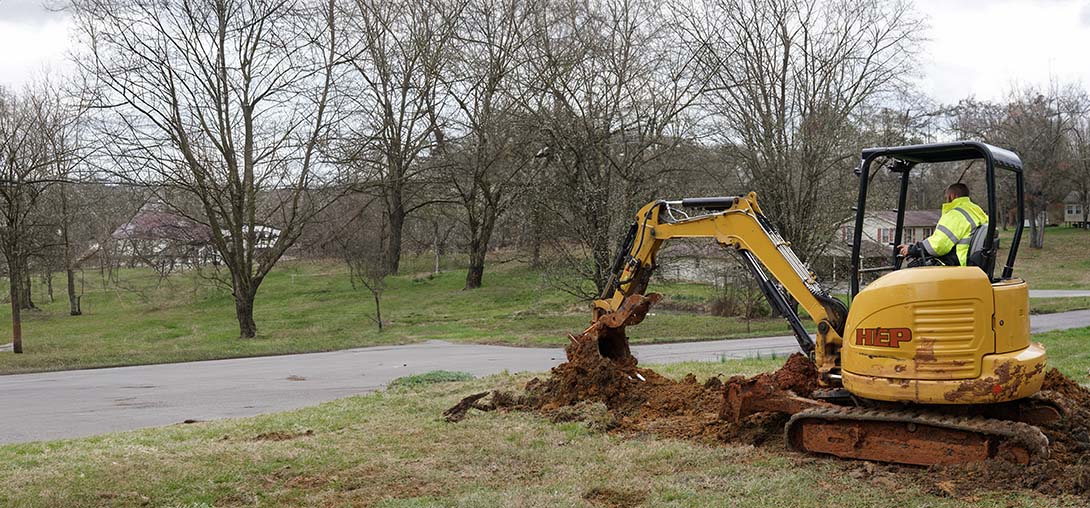

Compromised Main Line
Your trusted partner for professional home services. Quality workmanship, guaranteed satisfaction.




- HEP
- Compromised Main Line
Compromised Main Line | Main Line Issues | Plumbing | McDonald
When water backs up in the shower or the downstairs toilet starts gurgling every time you run the washing machine, you’re likely facing main line issues that demand immediate attention. A compromised main line can allow roots, debris, and even soil to invade your plumbing system, putting your entire McDonald home at risk for costly water damage and unpleasant surprises.
HEP’s seasoned plumbers combine state-of-the-art camera inspections, trenchless repair options, and round-the-clock emergency service to restore full flow with minimal disruption to your property. Whether the culprit is cracked cast iron, shifting soil, or years of buildup, we isolate the problem, explain your options in plain language, and get the job done right the first time—so you can get back to enjoying reliable, worry-free plumbing.
FAQs
What are the most common signs that my main sewer line is compromised in McDonald?
Key indicators include frequent drain backups in multiple fixtures, gurgling toilets, foul odors coming from floor drains, soggy patches or sinkholes in the yard, and unusually lush grass over the line’s path. If you notice any of these symptoms, schedule a professional inspection right away to prevent further damage.
What usually causes main line failures in the McDonald area?
In McDonald, older clay or cast-iron pipes can crack over time, tree roots aggressively seek moisture and infiltrate joints, ground shifting due to freeze–thaw cycles can misalign or collapse pipes, and grease or non-flushable items can create stubborn blockages. Occasionally, heavy construction traffic or utility work near your property can also damage the line.
How is a main line problem diagnosed?
A licensed plumber will first run a camera inspection through an accessible clean-out to visually confirm cracks, root intrusion, or obstructions. They may pair this with a sewer line locator to map the pipe’s depth and exact path beneath your yard or driveway. These tools let technicians recommend the most cost-effective repair, whether spot repair, pipe-bursting, or a complete replacement.
Will my yard need to be excavated to fix the main line?
Not always. Traditional trench repairs require digging a trench along the pipe’s length, but modern trenchless methods—such as pipe bursting or cured-in-place pipe (CIPP) lining—let us rehabilitate or replace the pipe through two small access points. Trenchless solutions save landscaping, driveways, and sidewalks, while often finishing in a single day.
How much does a main line repair or replacement cost in McDonald?
Costs vary by pipe length, depth, soil conditions, and repair method. Minor spot repairs may start around $1,000–$2,500. Full replacements using digging typically run $80–$200 per linear foot, while trenchless options range from $120–$250 per foot but reduce restoration costs. After an on-site inspection, we provide an upfront written estimate with no hidden fees.
What can I do to prevent future main line issues?
Have your sewer line hydro-jetted and camera-inspected every 18–24 months, especially if your home predates the 1980s. Avoid planting water-hungry trees (e.g., willows, maples) within 10–15 feet of the sewer path. Never flush wipes, feminine products, or grease. If your pipe material is near end-of-life, consider proactive trenchless lining to add 50+ years of service life without major excavation.